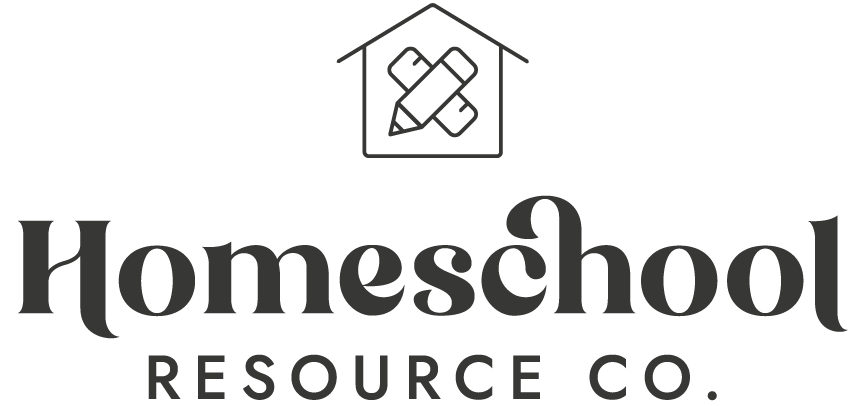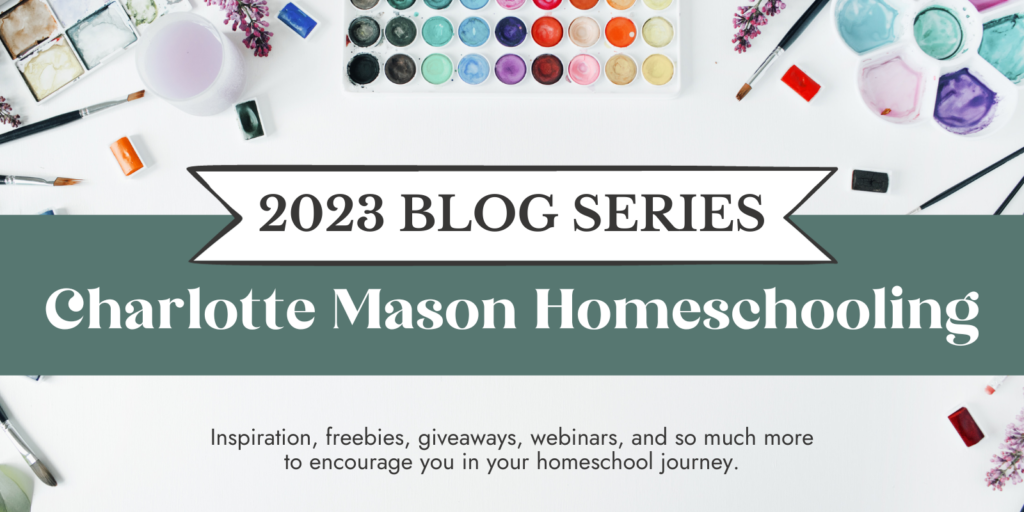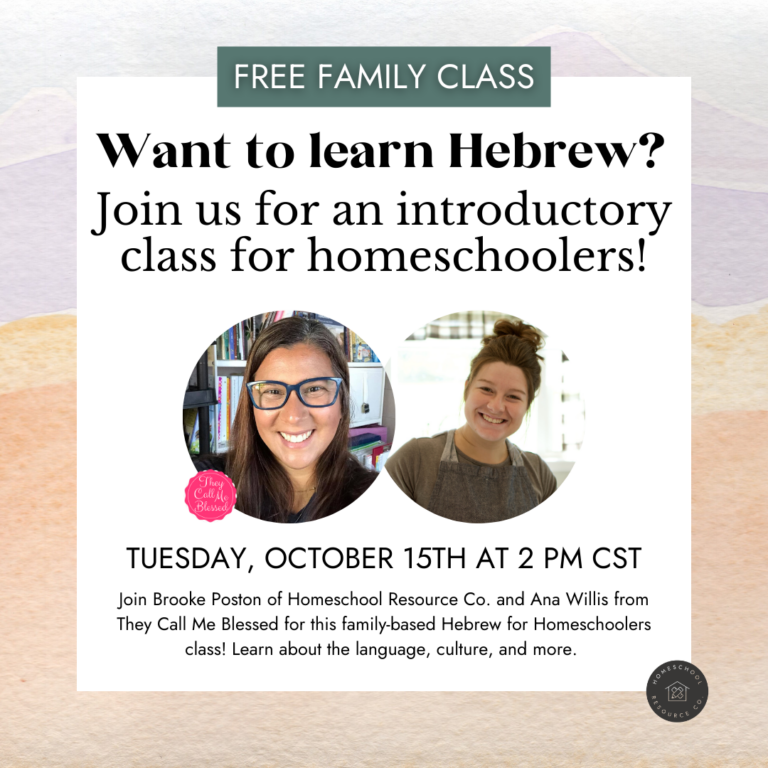Comparing Homeschooling Styles – The Charlotte Mason Approach
Whether you are just starting out homeschooling or have several years under your belt, you've probably noticed many different home education methods and styles. One of the advantages of homeschooling is the flexibility to pursue the style that best fits your family. For the third part of our Charlotte Mason blog series, we will examine how the Charlotte Mason approach measures up to three other popular homeschooling methods and styles.
Charlotte Mason vs. Classical Homeschooling
The Classical approach to education is based on the Trivium and seeks to cultivate the “well-educated mind.” This approach uses a three-stage structure that includes grammar, logic, and rhetoric. Classical homeschooling emphasizes facts and memorization, quite the opposite of the Charlotte Mason method, which promotes learning ideas, not solely facts.
Classical education usually involves exams and formal testing to measure progress. Charlotte Mason relies on narration or retelling the material in the child's own words to measure comprehension.
In comparison, the Classical homeschooling style is usually a much more rigorous and structured approach to learning.
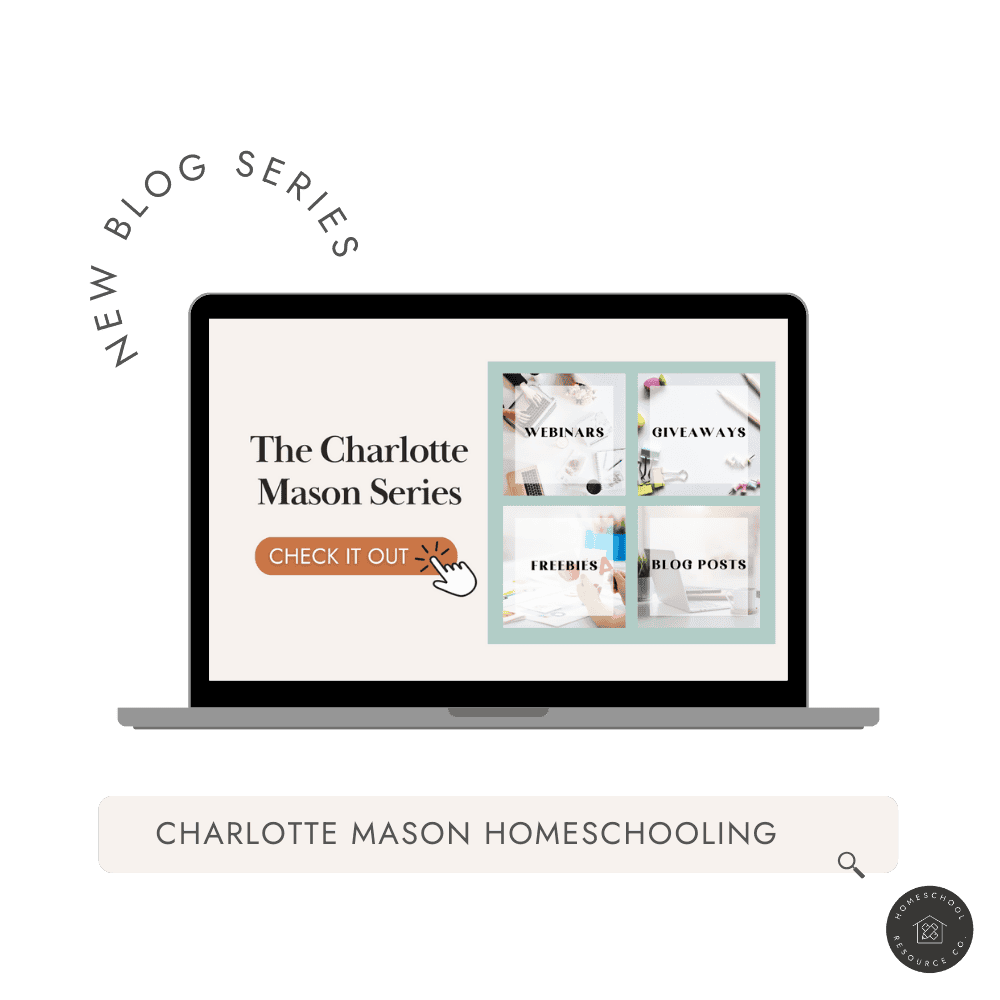
This post is part of The 2023 Charlotte Mason Blog Series!
Get inspiration and encouragement for your homeschool journey while grabbing great freebies, discounts, and other tools & resources!
Charlotte Mason vs. Montessori Homeschooling
While both unique and child-centered, Montessori and Charlotte Mason education styles differ in their philosophies and approaches. The Montessori educational style, developed by Dr. Maria Montessori, emphasizes a child's inherent ability to learn through self-directed exploration. It strongly focuses on hands-on learning, independence, and fostering a child's natural curiosity.
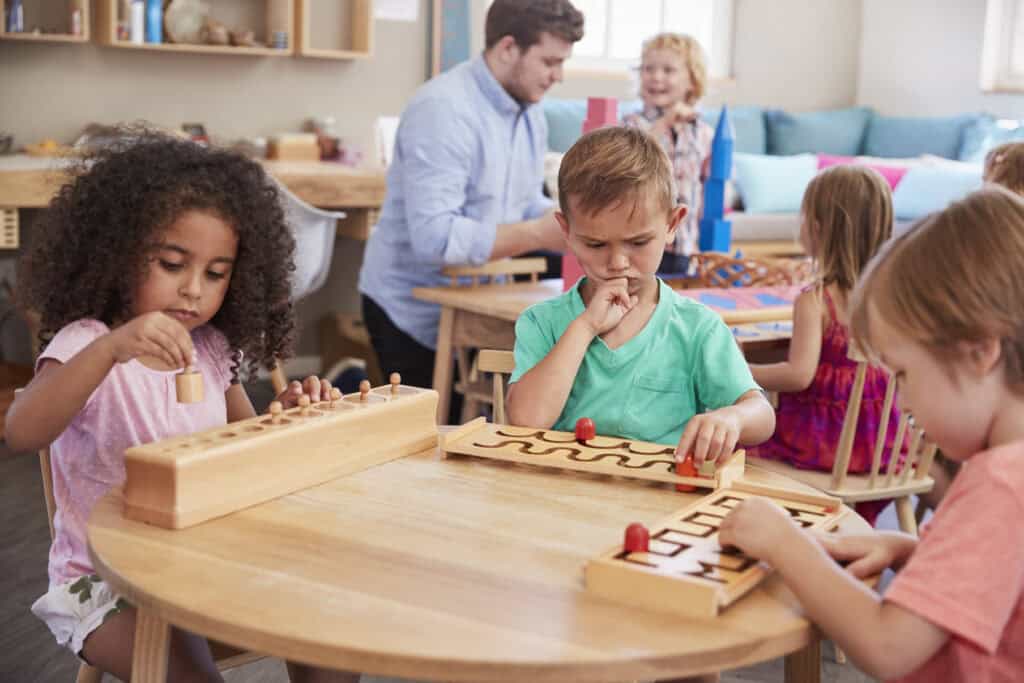
Montessori homeschooling is typically structured with various learning materials that children can choose from based on their interests. It allows extended periods of self-directed play and exploration. Children are encouraged to work with specialized materials that promote sensory exploration, practice life skills, and have access to individualized learning at their own pace. Parents or teachers using Montessori methods often serve as facilitators, guiding the children's choices and only providing support when needed.
This differs from the Charlotte Mason approach, which heavily relies on a literature-based curriculum, known as “living books” or rich literature, to engage children in a wide range of subjects. A Charlotte Mason education prioritizes building habits and learning from the surrounding environment. It encourages learning through ideas instead of memorizing dry facts. Charlotte Mason homeschooling also consists of shorter lessons. It doesn't typically follow a rigid structure or out-of-the-box curriculum.
Montessori and Charlotte Mason educations are similar because they are based on child-centered learning and holistic development. They differ in their philosophical foundations, curriculum choices, structure of lessons, and methods of character development.
Charlotte Mason vs. Waldorf Homeschooling
The Waldorf style of homeschooling, founded by Rudolf Steiner and Emil Molt, is an educational style organized in developmental stages. Like Charlotte Mason, the Waldorf method inspires lifelong learning and embraces each child's unique abilities.
When comparing Waldorf to Charlotte Mason and other homeschooling styles, certain academic concepts and tools may be introduced at a much later time when thought to be developmentally appropriate, such as formal lessons, reading, and the use of technology.
The main lessons in a Waldorf setting are generally much longer than Charlotte Mason-based lessons, and students can study one subject for weeks, similar to unit studies. Children also create something called a Main Lesson Book, which contains drawings, notes, diagrams, and other documentation they gather as they progress in their studies.
Waldorf-style homeschooling usually does not include any formal tests or exams in the early years. Assessments are done by observation of the progress made by the child.
Like Charlotte Mason, art is a crucial component of the Waldorf method of homeschooling. The arts are included in all subject areas. According to the Association of Waldorf Schools of North America, research shows that including the arts in all subjects increases academic capability and creative thinking in areas such as math and science and positively affects emotional development.
The Waldorf approach also uses rich literature and living books. It emphasizes outdoor play and exploration, making this style similar to Charlotte Mason homeschooling.
While Charlotte Mason style homeschooling has characteristics and principles in common with Classical, Montessori, and Waldorf methods, key components make this style unique. The concept of learning ideas, character development, and curriculum flexibility make it a distinctive and priceless choice for many families that homeschool.
